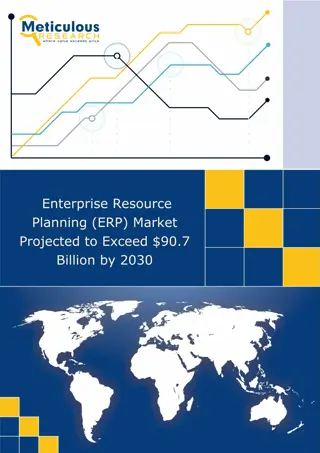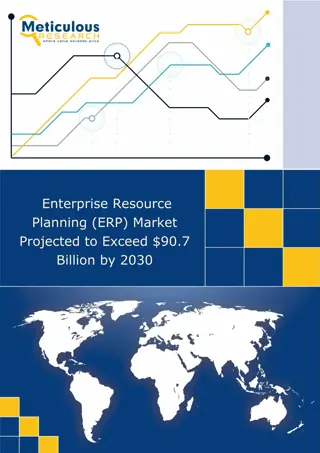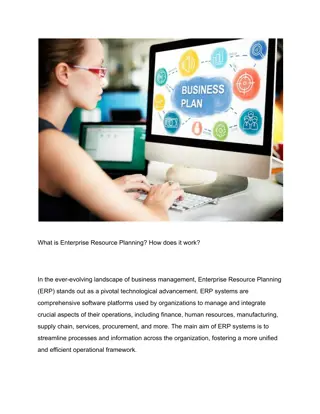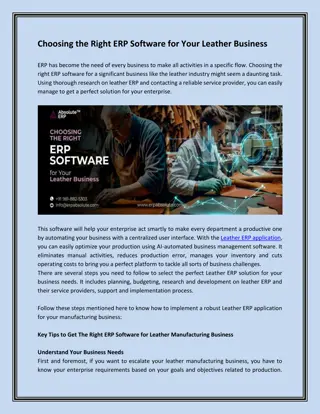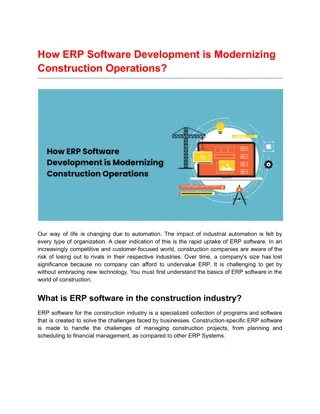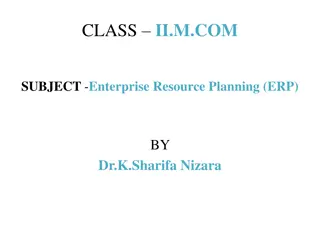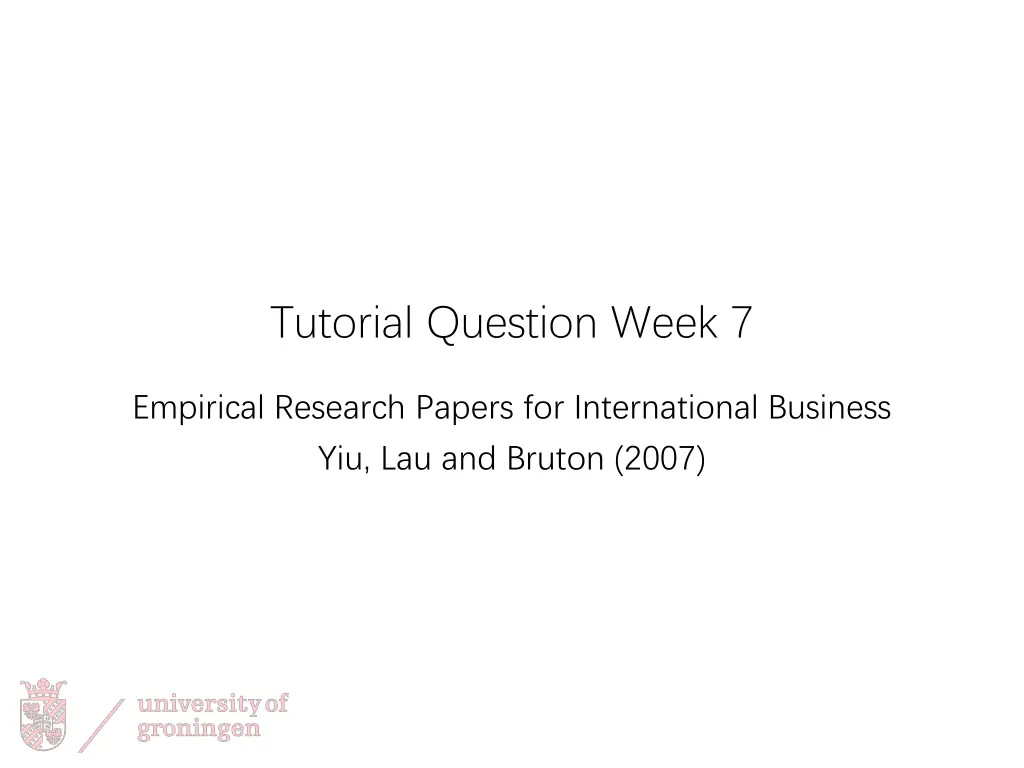
Empirical Research on Chinese Firms' International Business Strategies
Explore an empirical research paper by Yiu, Lau, and Bruton (2007) focusing on Chinese firms, their sample selection, survey methodologies, variables, and analytical techniques used in the study.
Download Presentation

Please find below an Image/Link to download the presentation.
The content on the website is provided AS IS for your information and personal use only. It may not be sold, licensed, or shared on other websites without obtaining consent from the author. If you encounter any issues during the download, it is possible that the publisher has removed the file from their server.
You are allowed to download the files provided on this website for personal or commercial use, subject to the condition that they are used lawfully. All files are the property of their respective owners.
The content on the website is provided AS IS for your information and personal use only. It may not be sold, licensed, or shared on other websites without obtaining consent from the author.
E N D
Presentation Transcript
Tutorial Question Week 7 Empirical Research Papers for International Business Yiu, Lau and Bruton (2007)
Question 1 What is the sample of this study? Original: A stratified random sample of 600 Chinese firms from all firms registered with the local government. 35 non-trackable. Foreign invested firms irrelevant. Focusing only on Beijing, Shanghai and Guangdong. Manufacturing only. In the end: 274 firms.
Question 2 How and why did the authors use two waves of surveys in the study? How: In 2003, they asked CEOs to provide info on their firms capabilities and personal links with different types of networks. 2004, the same ones were asked to provide info on international venturing and corporate entrepreneurship activities. Why? This method was utilized to test for the causal relationships. More trustworthy Page 527 Page 527 right part right part
Question 3 List down the independent, dependent, mediating and moderating variables in the study. 528 529 Page 528 Page 528 - - 529 529
Question 4 Explain in detail how the first independent variable (technological capabilities) is measured. Page 528 Page 528 (2) Technological achievement An aggregation of the number of times in the past 5yr that the firm: Two Indicators are used Rewarded for innovation by the government or trade organization. Got government contracts and government sponsored research grants. Have R&D and tech collaboration with universities or research institutes. (1) R&D Intensity Three-year average of the R&D expenditure to capital investment
Question 5 What is missing from the conceptual model/framework of the paper? Positive of negative influences? Control variables
Question 6 What is the difference between exploratory and confirmatory factor analysis? Which one is used in the study? Exploratory Factor Analysis (EFA) Let the data tell, No priori assumption on the structure. Confirmatory Factor Analysis (CFA) Use factor analysis to test the hypothesis In this paper: EFA is used.
Confirmatory Factor Analyses Example A primary child s math and science scores are linked to their technical skills, while literature and history scores contributes to the social skill. The level and (in)balance between the two determines their choice of university major after many years. Math Tech Skill Sci Choices of University Majors Lit Social Skill Hist
Question 7 What is the Cronbach`s alpha in the Table 1 used for? How do you interpret the Cronbach`s alpha for the DV? What is the threshold for that value in general? The range is 0-1, with threshold 0.7 (for some studies 0.8). In this study: 0.91 (it s very high); so the DVs re measuring a same concept. Do you like to eat raw herring? Do you find raw herring tasty?
Question 8 What is the difference between orthogonal (unrelated) and oblique rotation? 1 0.5 0 -1 -0.5 0 0.5 1 -0.5 -1
Question 9 Consider the following factor loading matrix. What can you tell on (a) the number of variables, (b) the number of factors, (c) the relationship between variables and factors, and (d) give a graphical representation of the factors. In your graph, clearly indicate all factors and variables. 0.1 0.3 0.2 0.9 0.8 0.8 0.7 0.8 0.9 0.2 0.1 0.2 Six variables Two factors
Question 9 (d) give a graphical representation of the factors. In your graph, clearly indicate all factors and variables. 1 V3 V2 V1 Factor 1 0.5 V6 Factor 2 V4 V5 0 -1 -0.5 0 0.5 1 -0.5 -1
Wrap up Sample selection, representativeness Data types (measurement levels) Modeling & Hypothesizing Descriptive Statistics Dummy Variables Correlation X Causation Multicollinearity Heteroskedasticity Endogeneity, omitted var. bias Regression Assumptions Estimation Models Model Statistics Outliers in the data Regression results interpretation: Level-Level, Log-Level, Level-Log, Log-Log Control variables Moderators, mediators Marginal effects Fixed effects (panel data) EFA, CFA, Cronbach s Alpha, factor loadings
AP Quiz A team of researchers examines the implications of CEO foreignness for a firm s corporate social performance (CSP), and how firm s profitability is associated with this relationship. The researchers further investigate the relationship between firms corporate social performance (CSP) and corporate reputation. To measure a firm s corporate reputation, they survey firm s various stakeholders (customers, employees, suppliers, investors, etc.). Using the responses from stakeholder surveys, their finalized total of 20 items was factor analyzed into six dimensions (See table in the weekly questions PDF). Q1: Which method of factor analysis did the researchers use to obtain the measure of corporate reputation, and why?
AP Quiz Firms with high reputation can generally acquire funds (e.g., bank loans) at a lower financial cost compared to firms with bad reputation. Related to this, researchers investigate whether firms corporate social performance (CSP) help firms to build a better (higher) level of reputation with its stakeholders, which then can enable firms to acquire funds at a lower cost. Q: What is the role of corporate reputation, for the relationship between CSP and firms financial costs?





